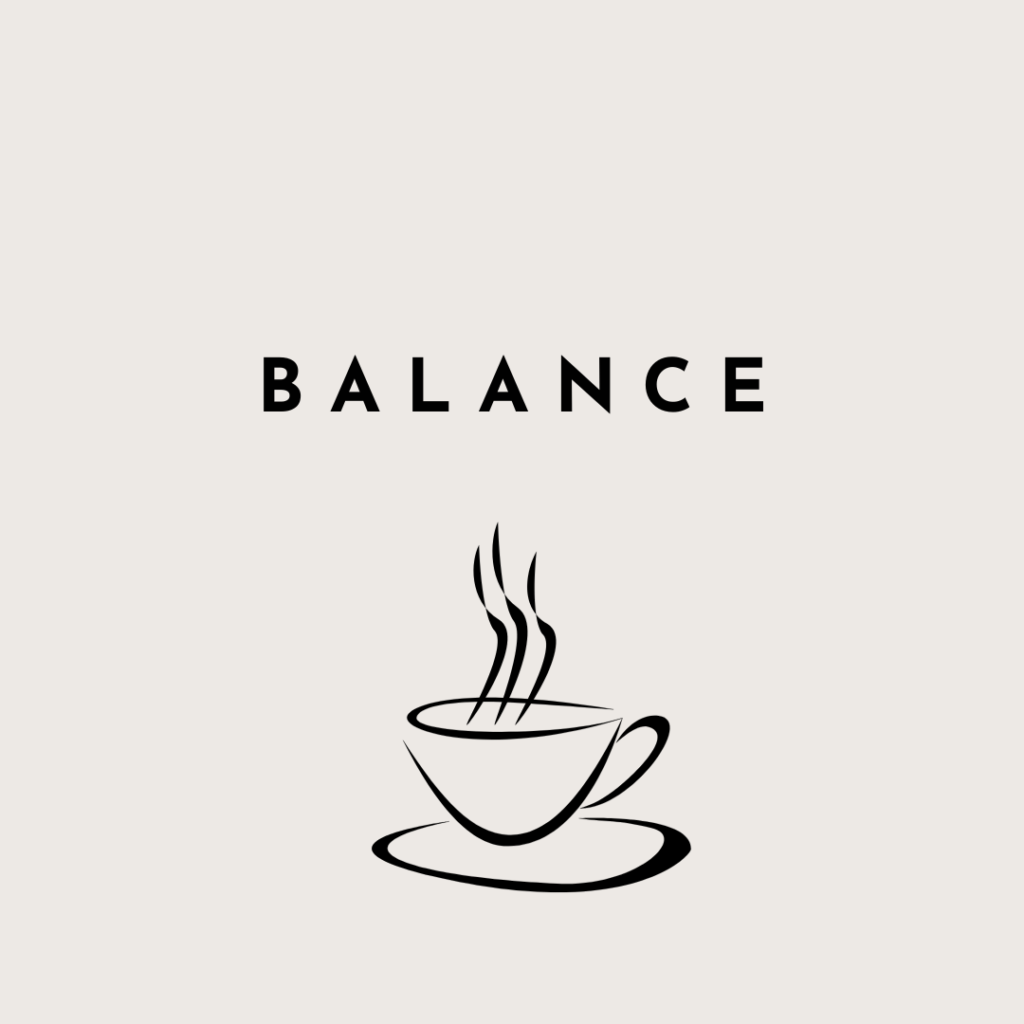Currently I am sitting in a cozy chair with one arm on the armrest in front of my laptop with my sound proof headphones plugged in, listening to calm music. What is minimalism and what are its core principles ? Here is what I got…
The Core Principles of Minimalism
Common Misconceptions about Minimalism
When can I consider myself a minimalist
Introduction
What is minimalism? Having a purpose, I would say. A mindset and lifestyle of clarity and focus. A simple approach to living that is based uniquely on what you “need”.
Think about it this way, if you were to write an article or essay and you were given a broad topic (e.g. Climate Change) and a narrow niche topic (e.g. the effects of microplastics on marine life in the Great Barrier Reef).
The narrow niche topic would be an easier choice to write about, right? Because there is a better chance of you hitting the point and delivering the best answer to the prompt.
Minimalism works in a similar manner, you develop a focus on yourself and your specific necessities while avoiding all distractions and the unnecessary.
Successful people are simply those who find purpose in their life, and minimalism is all about purpose and reason.
Minimalism can be understood through its core principles
Simplify: Eliminate anything that is not essential to the function or purpose of a space or object.
Focus on quality: Emphasize quality over quantity and choose well-made, durable items that will last.
Declutter: Get rid of anything that is no longer useful or meaningful, and avoid accumulating unnecessary possessions.
Use negative space: Allow for empty space to create a sense of openness and clarity.
Be intentional: Be mindful of what you bring into your life and your space, and make intentional choices that align with your values and goals.
Prioritize function: Design spaces and objects with functionality in mind, and avoid unnecessary ornamentation or decoration.
Emphasize simplicity: Strive for simplicity in all aspects of life, including possessions, habits, and relationships.
Benefits of Minimalism
As someone who may not know what minimalism is, you probably want to know about the benefits. This is important because part of being a minimalist is to have a purpose and to know all aspects of what your deciding about.
Here are a couple minimalism benefits that will interest you
Reduced stress: By decluttering your physical space and simplifying your life, you can reduce stress and anxiety. You have probably heard this phrase before when someone walks up to their closet, “I don’t have anything to wear!” Although their closet is full of clothes.
Minimalism promotes a stress-free environment. In this previous example if this person were to purchase their clothing with reason and purpose they would not have fallen into that problem.
They have too many things in their closet that should not have been there.
More free time: By eliminating distractions and focusing on the essentials, you can free up more time to pursue the things you love.
Is it only me? Or does everyone experience several distractions as soon as something productive comes to mind. Say no to distractions. Simple? Well there you go, that is minimalism for you.
Financial freedom: By spending less and saving more, you can achieve greater financial stability and freedom. Minimalism is definitely the way to get your financials in place. Many successful people live a minimalist lifestyle.
The Core Principles of Minimalism
Simplify
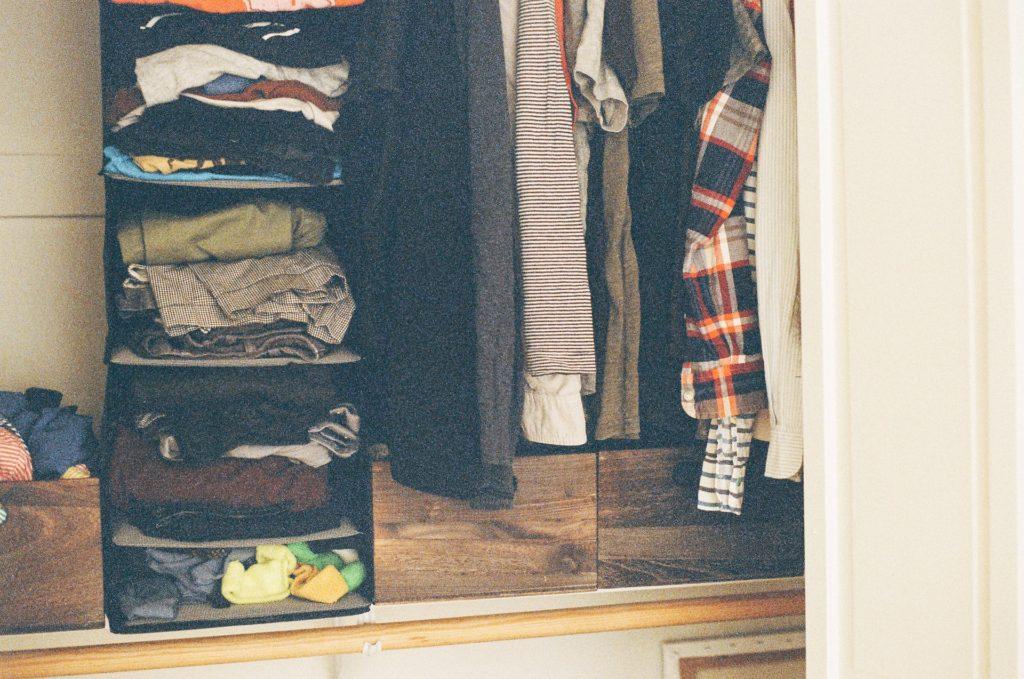
Let’s say you’re feeling overwhelmed by the clutter in your closet. You decide to simplify by decluttering and organizing your clothes.
First, you take everything out of your closet and sort it into piles: keep, donate, and toss. You ask yourself some key questions as you sort: have I worn this in the past year? Does it still fit me? Is it in good condition?
Next, you go through your “keep” pile and further refine it. You ask yourself if you really need multiple versions of the same item, or if you’re holding onto things for sentimental reasons.
You organize what’s left in a way that makes sense for you. Maybe you organize by color or by type of item, or maybe you decide to invest in some hangers or storage containers that will help you keep things neat and tidy.
In the end, you’ve simplified your closet by getting rid of anything you don’t need or want, and by organizing what’s left in a way that works for you. You’ll have an easier time getting dressed in the morning, and you’ll feel less overwhelmed by the clutter in your space.
Focus on quality

You’re in the market for a new winter coat. Rather than buying a cheap coat that will only last one season, you decide to focus on quality and invest in a coat that will keep you warm and last for years to come.
You do some research to find a brand that’s known for making high-quality coats. You read reviews and ask for recommendations from friends and family members who have coats they love.
First, you set a budget for yourself and look for a coat that fits your needs within that budget. You choose a classic style that won’t go out of fashion and that will work with most of your outfits.
Finally, you invest in the best quality coat you can afford, knowing that it will last you for many winters to come. You take good care of it by following the manufacturer’s instructions for cleaning and storage, and you’re rewarded with a coat that keeps you warm and looks great every time you wear it.
You’ve prioritized quality over price and invested in a coat that will serve you well for many years to come. You’ve also saved money in the long run by avoiding the need to replace a cheap, low-quality coat every season.
Declutter
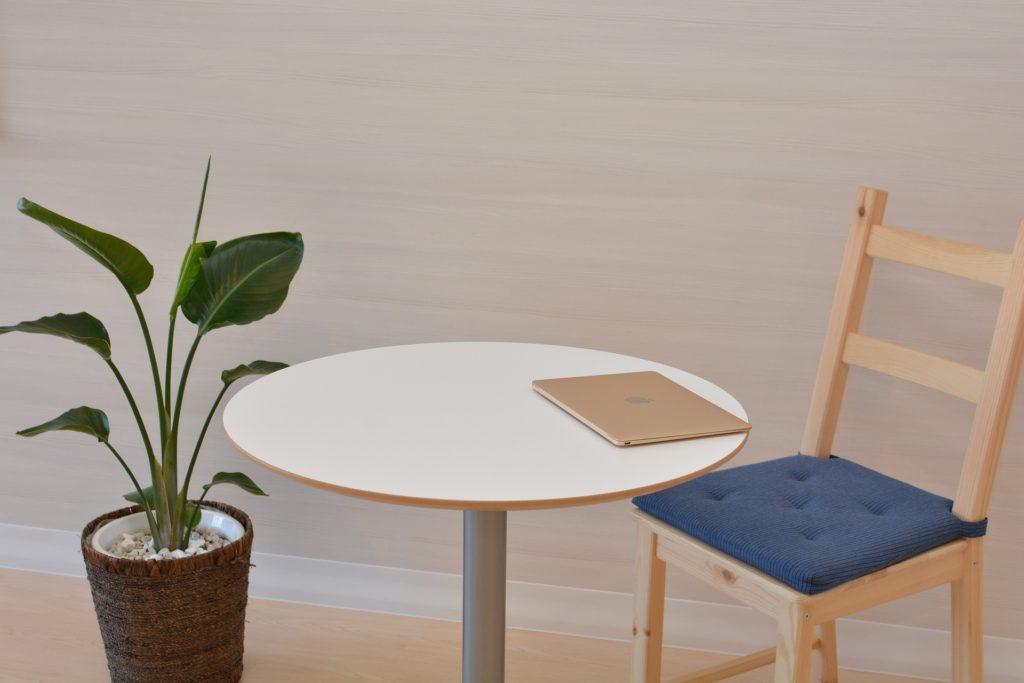
Let’s say your home office is cluttered with papers, office supplies, and other items that are taking up valuable space and making it difficult for you to focus on your work. You decide to declutter and streamline your workspace.
First, you go through all the papers and documents in your office and sort them into piles: keep, shred, recycle, and file.
You shred anything that contains personal information that you don’t need to keep, recycle anything that’s no longer relevant, and file away anything that you need to keep but don’t need to access regularly.
Next, you go through all the office supplies in your space and get rid of anything that’s no longer usable or that you don’t need.
You also look for opportunities to consolidate supplies and make them more accessible, such as using a desk organizer or a wall-mounted storage system.
Finally, you take a step back and look at the overall layout and design of your workspace. You think about how you use the space and make changes that will help you be more productive and efficient, such as rearranging your desk, adding a comfortable chair, or bringing in more natural light.
In the end, you’ve decluttered your office and created a more streamlined and functional workspace. You’ll be able to focus on your work without the distraction of clutter, and you’ll feel more organized and in control.
Use negative space
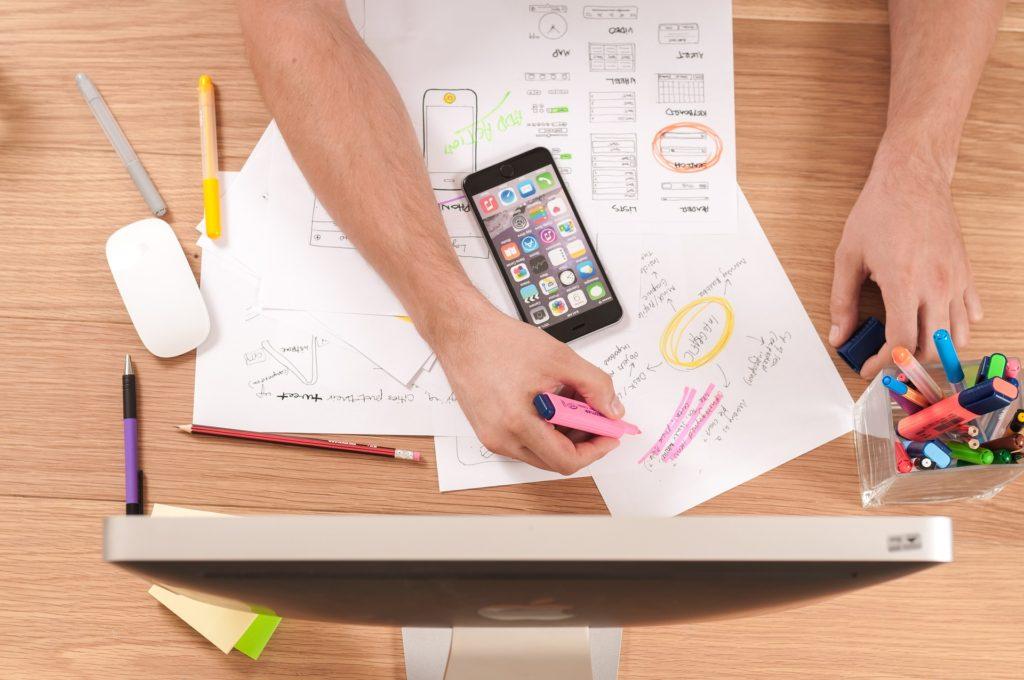
Let’s say you’re designing a logo for your new business. You decide to use negative space to create a visually interesting and memorable design.
First, you choose a simple shape or symbol that represents your business or brand. This could be anything from a tree to a heart to a geometric shape.
Next, you look for ways to use negative space to create an interesting and unique design. For example, you might use the space around the shape to create a different shape or symbol, or you might use the shape itself to create a smaller shape within it.
Finally, you refine and perfect your design until you’re happy with the result. You test it in different sizes and formats to make sure it looks good across all platforms and mediums, from business cards to websites to billboards.
In the end, you’ve created a logo that uses negative space in a creative and effective way. Your design stands out and is instantly recognizable, helping to build brand awareness and attract customers to your business.
Be intentional

Let’s say you’re planning a vacation with your family. Rather than just booking a trip and going with the flow, you decide to be intentional and create a vacation that meets your specific goals and needs.
First, you sit down with your family and talk about what you want to get out of the vacation. Maybe you want to relax and recharge, or maybe you want to have an adventure and try new things.
You also discuss any specific interests or preferences, such as a love for the beach or a desire to explore a particular city.
Next, you research different destinations and activities that align with your goals and interests. You read reviews, ask for recommendations, and look for deals and discounts that can help you save money.
Finally, you plan out your itinerary and activities, being intentional about what you want to do and see. You make reservations in advance for any must-see attractions or restaurants, and you leave some time open for spontaneous adventures and relaxation.
In the end, you’ve created a vacation that meets your specific goals and needs. You’ve been intentional about what you want to do and see, and you’ve taken steps to ensure that you’ll have a fun and memorable experience.
Prioritize function
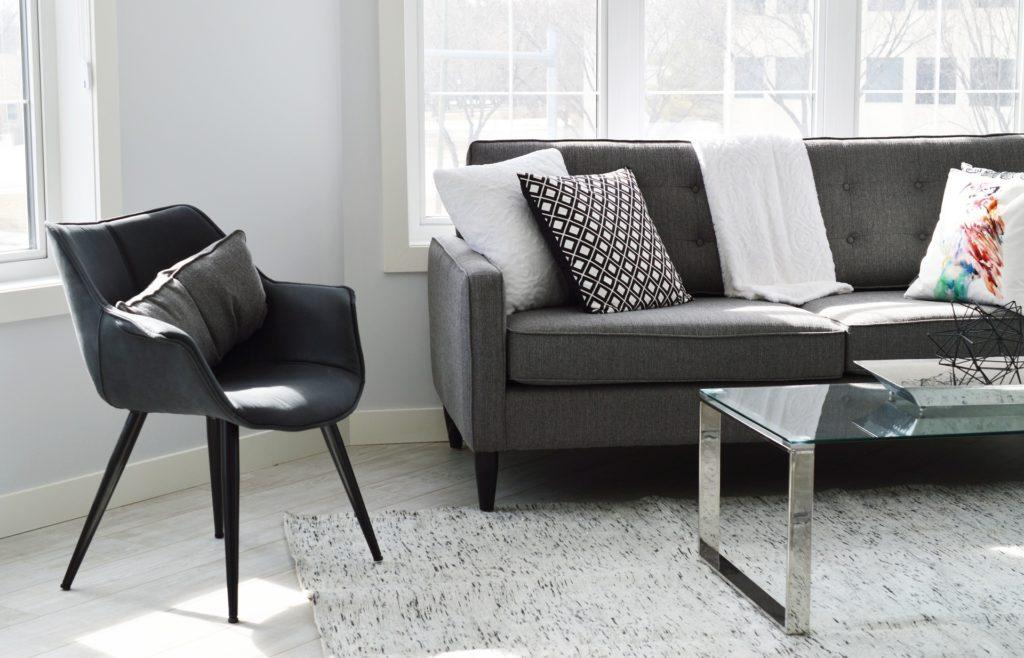
Let’s say you’re redesigning your living room. Instead of filling it with lots of decorative items or furniture that looks good but isn’t very practical, you decide to prioritize functionality.
First, you consider how you use the space. Do you entertain guests often? Do you like to curl up with a good book in the evenings?
Based on your needs, you decide to invest in a comfortable sofa, a few sturdy and practical chairs, and a coffee table that can be easily moved around when needed.
Next, you focus on storage. You realize that clutter is a big problem in your current living room, so you decide to invest in some functional storage solutions.
You add a bookshelf for your growing collection of books, a few baskets for blankets and pillows, and a storage ottoman that doubles as extra seating.
Finally, you add a few thoughtful touches to make the space feel cozy and inviting without sacrificing functionality.
You add a soft rug to warm up the space, some plants to bring in some natural elements, and a few pieces of art that speak to your personal style.
In the end, you’ve created a space that looks great, but also serves your needs and functions well. You’ve prioritized practicality over aesthetics, and as a result, you have a living room that feels comfortable, organized, and welcoming.
Emphasize simplicity
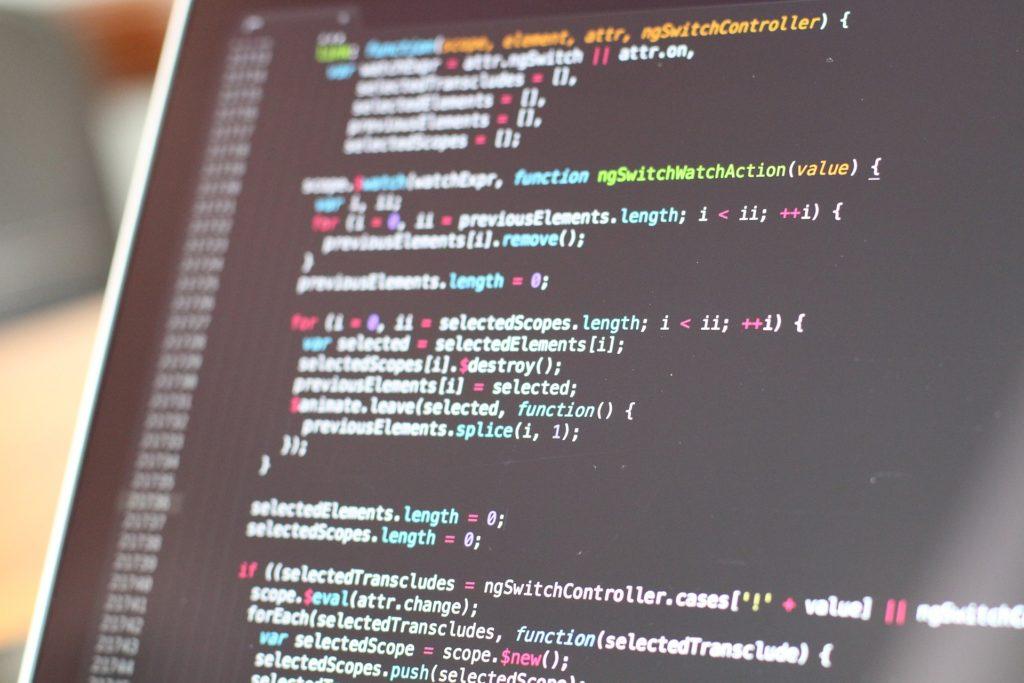
Let’s say you’re designing a website for your business. Rather than cramming the site full of flashy graphics and complex features, you decide to emphasize simplicity and create a site that’s easy to navigate and understand.
First, you focus on creating a clean and simple design that’s easy on the eyes. You use a simple color palette and choose fonts that are easy to read. You also prioritize white space and use it strategically to create a sense of balance and clarity.
Next, you focus on creating a clear and intuitive navigation system. You organize your content into logical categories and use a simple and consistent menu system that’s easy to use on both desktop and mobile devices.
Finally, you keep your content concise and to the point. You use clear and simple language that’s easy to understand, and you avoid jargon and technical terms that could confuse visitors.
In the end, you’ve created a website that emphasizes simplicity and is easy to navigate and understand. Visitors to your site will appreciate the clean and clear design, and they’ll be able to find the information they need quickly and easily.
Minimalism and Sustainability
Minimalism and sustainability are closely related because both lifestyles promote a focus on reducing waste and consumption. By living with less and simplifying our lives, we can reduce our impact on the environment and preserve resources for future generations.
Minimalism and sustainability can complement each other in many ways. For example, by consuming less, we reduce our carbon footprint and the amount of waste we generate.
By choosing high-quality, long-lasting products, we can reduce the need for frequent replacements and save resources in the long run.
By focusing on experiences and relationships over material possessions, we can reduce the demand for goods that are often produced under unsustainable conditions.
In addition, many minimalists choose to incorporate sustainable practices into their daily lives, such as using reusable bags, bottles, and containers, composting, and reducing their energy consumption.
By combining minimalism and sustainability, we can create a more mindful and responsible approach to living that benefits both ourselves and the planet.
Common Misconceptions about Minimalism
Minimalism is only about owning a certain number of items
While some minimalists do choose to limit their possessions to a specific number, minimalism is ultimately about living intentionally and focusing on the things that matter most to you. It’s not about achieving a certain aesthetic or adhering to strict rules.
Minimalists never buy anything new
While some minimalists do prioritize buying used or secondhand items, there’s no rule that says you can’t buy anything new. The key is to be mindful of your purchases and only buy things that you truly need or that bring value to your life.
Minimalists are all the same
There’s no one-size-fits-all approach to minimalism, and every minimalist will have a different interpretation of what it means to them. Some minimalists may focus on decluttering their physical space, while others may prioritize simplifying their schedule or reducing their digital distractions.
Minimalism is only for people who can afford it
Minimalism can be a lifestyle for anyone, regardless of their income or socioeconomic status. In fact, adopting a minimalist approach to living can often help people save money and reduce their expenses over time.
Minimalism is boring
Minimalism is not about deprivation or sacrificing the things you love. Rather, it’s about creating space in your life for the things that truly matter to you and bring you joy. Minimalists often find that by simplifying their lives, they are able to focus on their passions and live more fulfilling lives.
Tips for Embracing Minimalism
Start with one area
Choose one area of your home, such as your closet or kitchen, and declutter it thoroughly. Sort your items into three piles: keep, donate/sell, and discard. Be honest with yourself about what you really need and use, and let go of the rest.
Set boundaries
Decide on some guidelines for what you allow into your home. For example, you might decide to only buy items that you need, or that you won’t buy anything new until you’ve used up what you already have. Stick to these boundaries as much as possible.
Create a capsule wardrobe
A capsule wardrobe is a collection of essential clothing items that can be mixed and matched to create multiple outfits. By having a smaller, more curated wardrobe, you can simplify your morning routine and reduce decision fatigue.
Reduce your paper clutter
Go paperless wherever possible by opting for digital statements, bills, and receipts. Shred or recycle any paper documents that you don’t need to keep, such as old manuals or expired coupons.
Practice gratitude
Appreciate what you already have and focus on the things that bring you joy. When you do make purchases, choose items that align with your values and that you know you will use and appreciate for a long time.
When can I consider myself a minimalist
The decision to consider yourself a minimalist is a personal one, and there’s no hard and fast rule about when you can officially call yourself a minimalist.
Some people might consider themselves minimalist if they have a certain number of possessions, while others might identify as minimalist based on their values and lifestyle choices.
Ultimately, being a minimalist is less about a specific number or set of rules and more about living intentionally and mindfully.
If you are intentional about what you own and what you consume, and you prioritize experiences and relationships over material possessions, then you might consider yourself a minimalist.
Of course, there’s no need to label yourself at all if you don’t want to. Minimalism is a tool that can help you live a more intentional and fulfilling life, but it’s not a requirement.
The most important thing is to focus on what brings you joy and fulfillment, and to let go of anything that doesn’t align with those values.
Conclusion
What is minimalism and what are its core principles ? In this blog we have visited several meanings of what might minimalism mean. We also, explored the principles of minimalism and looked at some examples.
I am going to leave you with several ways to learn about minimalism, and what works best for you will depend on your learning style and preferences. Here are some ideas:
Read books on minimalism
There are many great books on minimalism, including
“The Minimalist Home” by Joshua Becker,

“Goodbye, Things” by Fumio Sasaki, and

“Essentialism” by Greg McKeown.

Watch documentaries or videos on minimalism
There are many documentaries and videos on minimalism that can provide inspiration and guidance.
Some popular ones include “Minimalism: A Documentary About the Important Things,” “The True Cost,” and “The Story of Stuff.”
Follow minimalism blogs or social media accounts
There are many bloggers and social media influencers who share their experiences and tips on minimalism. Follow their accounts to learn more about this lifestyle and get ideas for simplifying your own life. becomingminimalist.com is a great example.
Lastly, subscribe to my newsletter where I share more ideas and resources that might interest you
So long…
